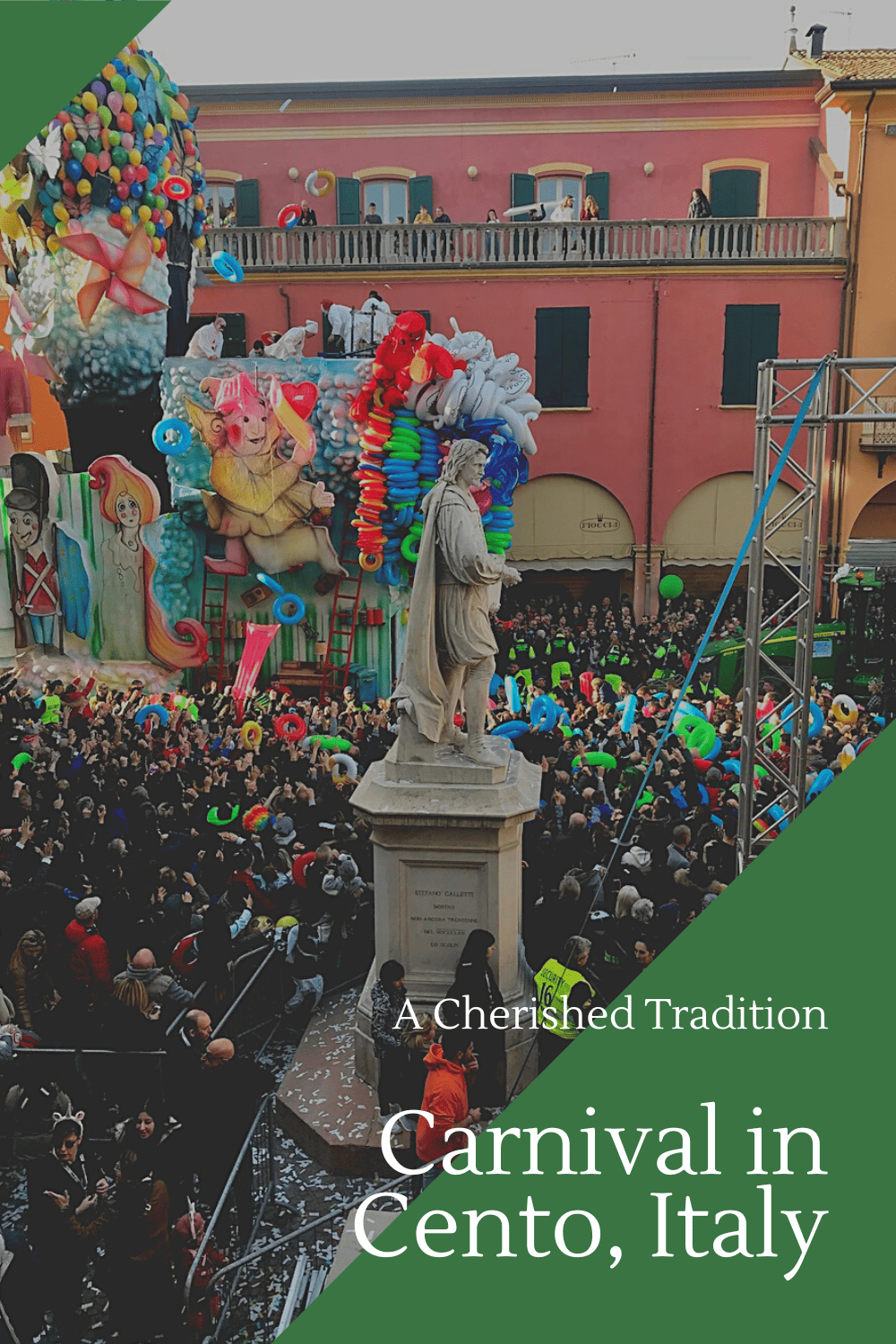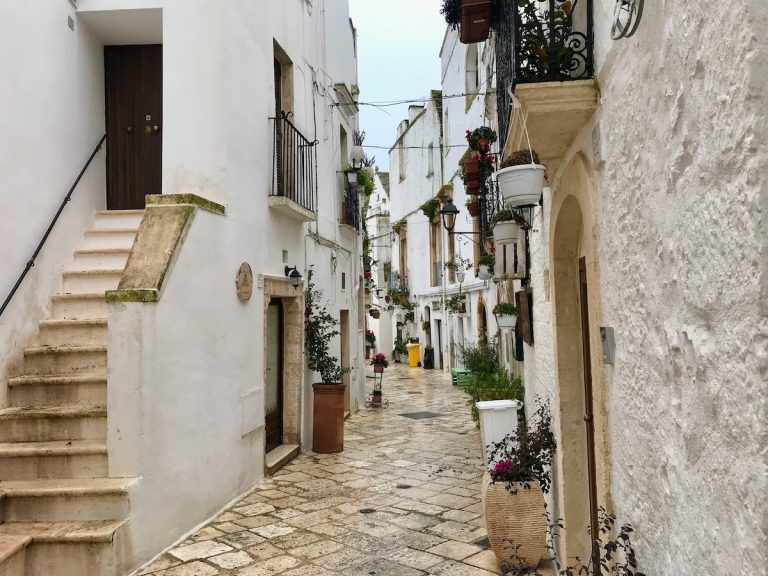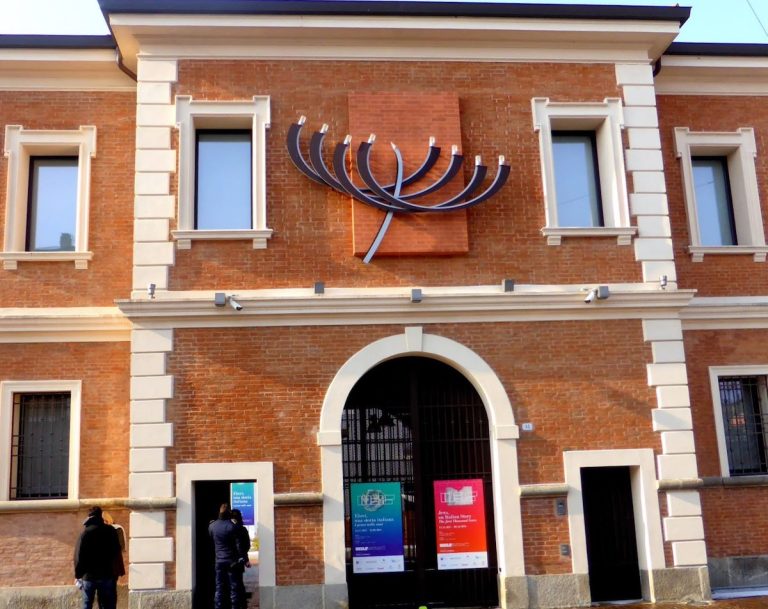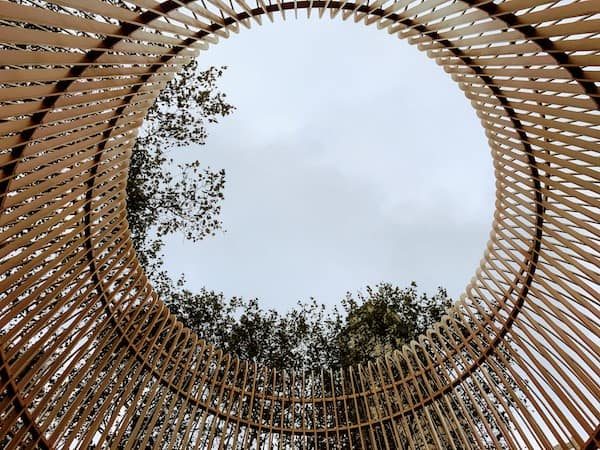Cento Carnival in Cento, Italy: A Cherished Tradition
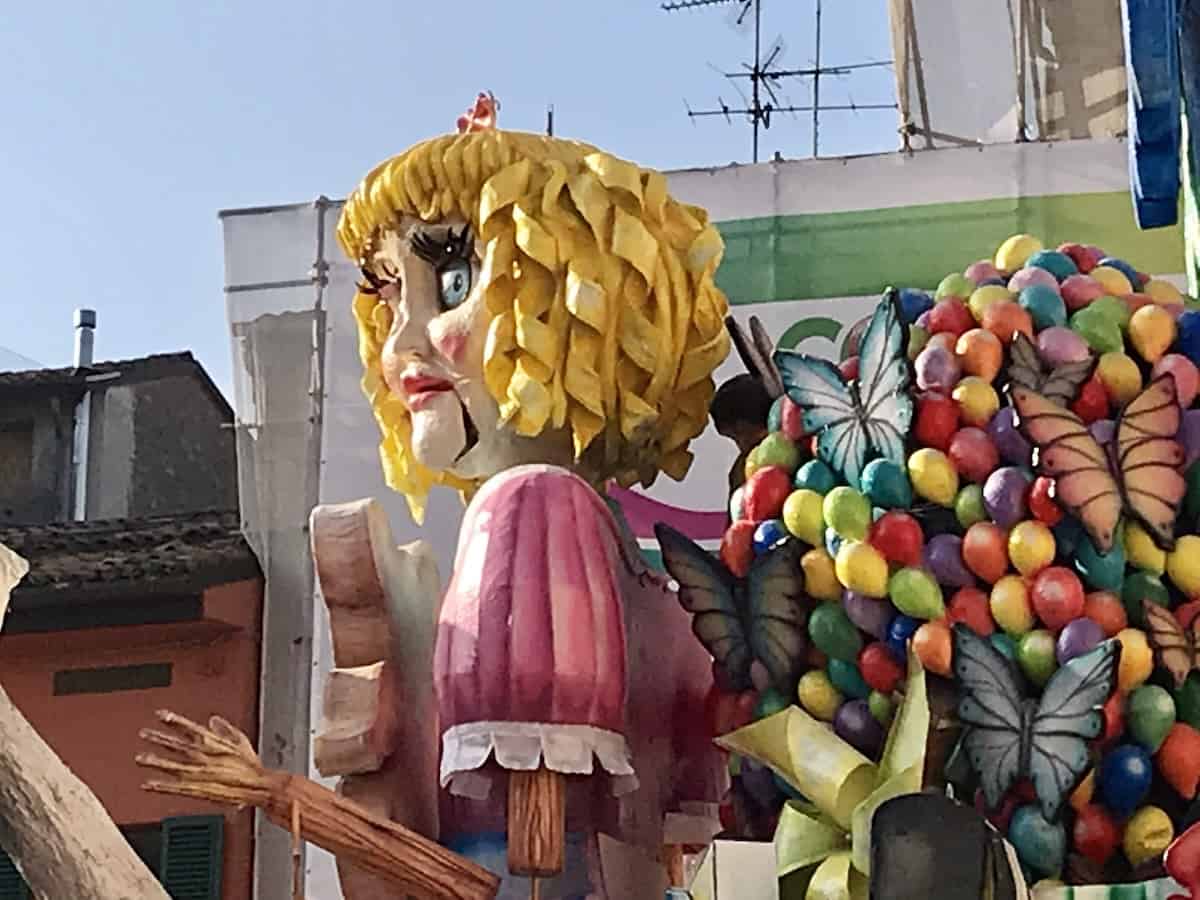
Carnival season, generally in February, is a great time to visit Italy. During the weeks leading up to Lent, special festivities occur in cities and towns from north to south.
Of course, the most famous carnival in Italy is the Carnevale di Venezia, the legendary carnival held in Venice each year. But the town of Cento, in the province of Ferrara in the Emilia Romagna region, organizes a pretty spectacular carnival worth seeing.
The Cento Carnival is rich in history and tradition. Given the city’s relatively small size, it is an especially ambitious endeavor that entails efforts from the entire community.
Cento is equidistant from the larger cities of Modena, Bologna, and Ferrara and has a population of about 35,000.
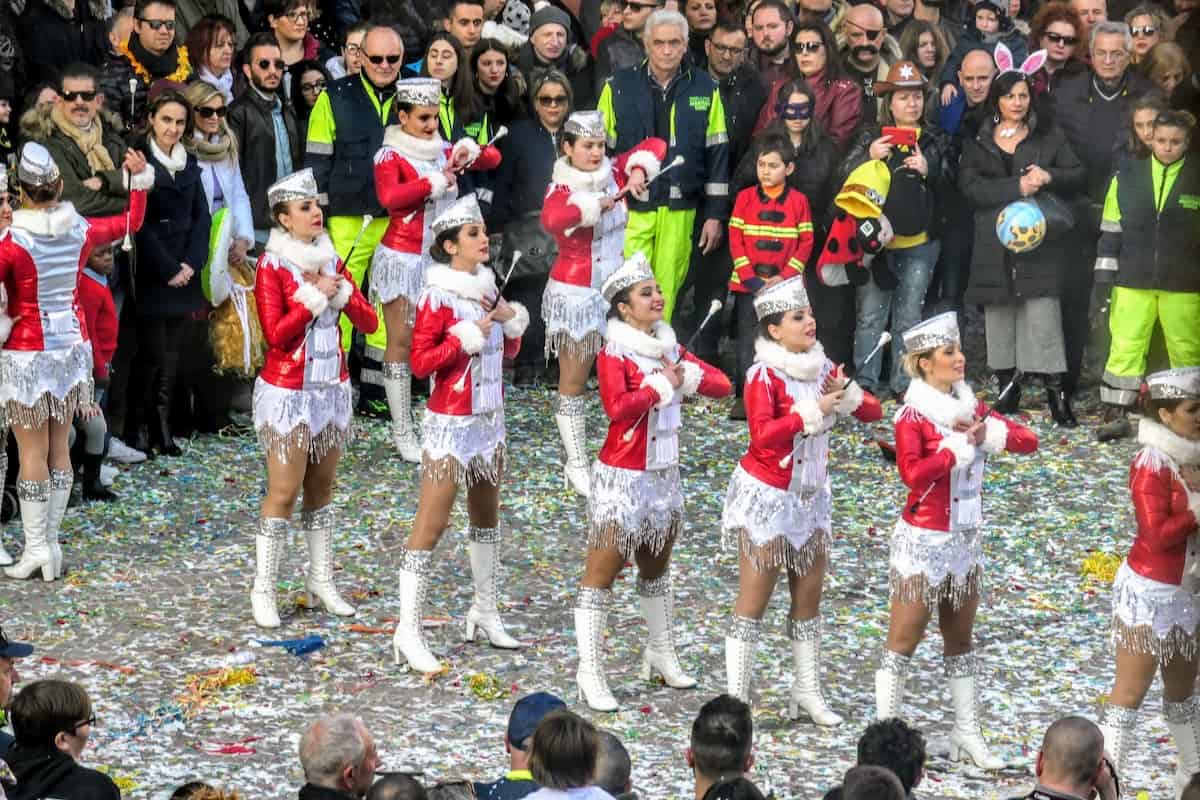
Italian carnivals tend to be over-the-top community celebrations, including costumes, masquerade parties, mask competitions, balls, parades, marching bands, concerts, and more, each with its unique history, traditions, and lore. The Cento Carnival is no exception.
The Cento Carnival: A centuries-old Italian tradition
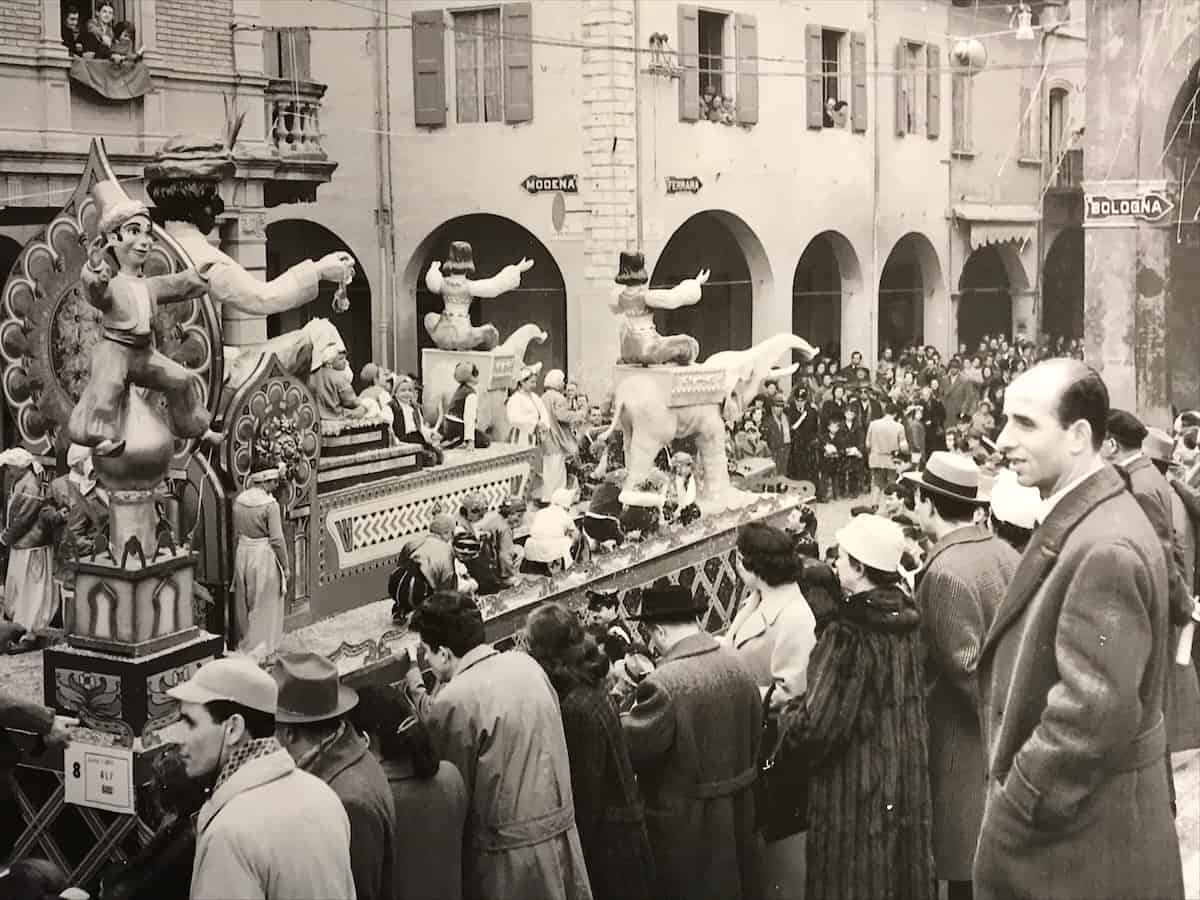
The Cento carnival, called Cento Carnevale D’Europa, dates back as far as 1615, when it was depicted in frescoes by Italian Baroque painter Giovanni Francesco Barbieri.
Better known as “Guercino,” the famous artist was born to a peasant family in Cento. His works can be found in some churches and museums there, and some of his paintings can also be seen in the nearby medieval village of Pieve de Cento.)
Now, on the five Sunday afternoons before Lent, people of all ages fill the streets of Cento, many adorned in masks and costumes. The size of the crowd can swell as high as 20,000 on a single day—comprised of both locals and visitors—who eat, drink, and dance as they enthusiastically wait to watch the next gargantuan float or colorful marching band pass by.

The legendary character, Luigi Tasini, is the symbol and “King” of the Cento carnival.
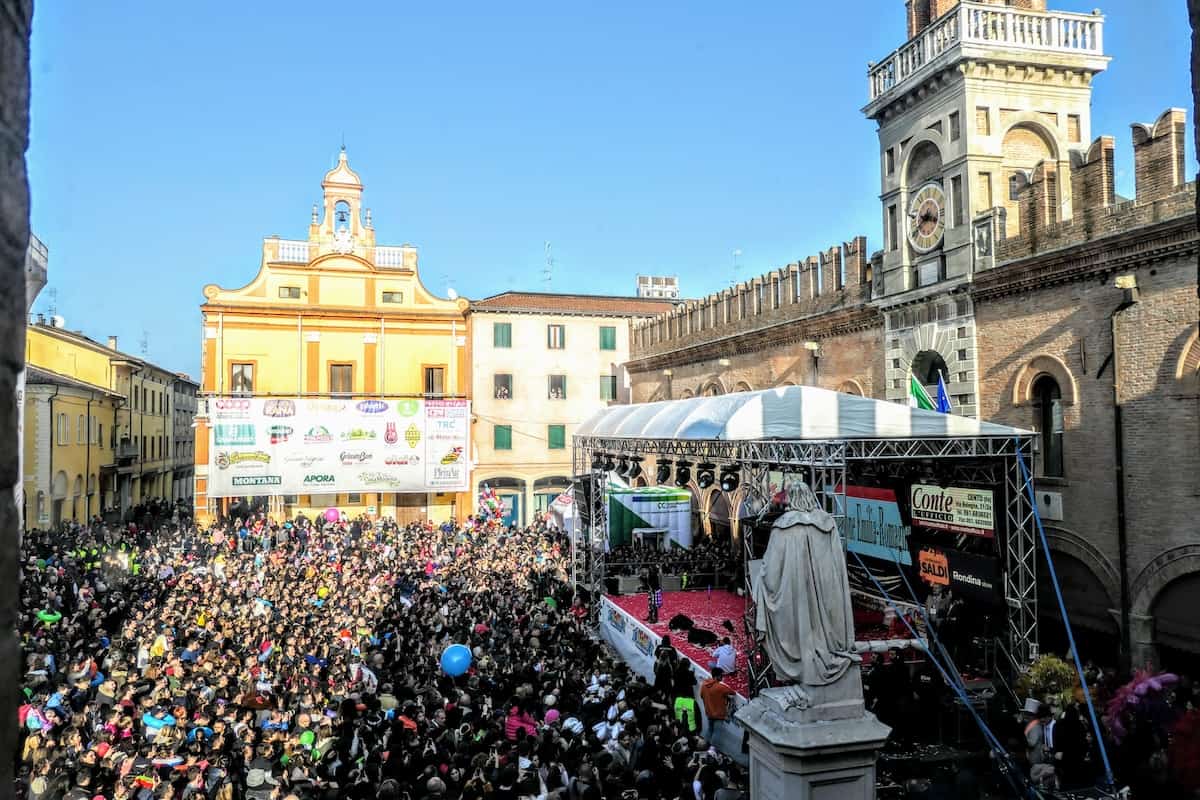
In 1993, primarily through the efforts of Ivano Manservisi, the patron who emcees the event, the Cento Carnival became entwined with that of its sister city, Rio de Janeiro, Brazil, and found corporate sponsors.
Now, Brazilian samba dancers and percussionists arrive in Cento during carnival time to join other musical performers on the main stage of Piazza Guercino in the center of town, rousing the crowd to an even higher pitch.
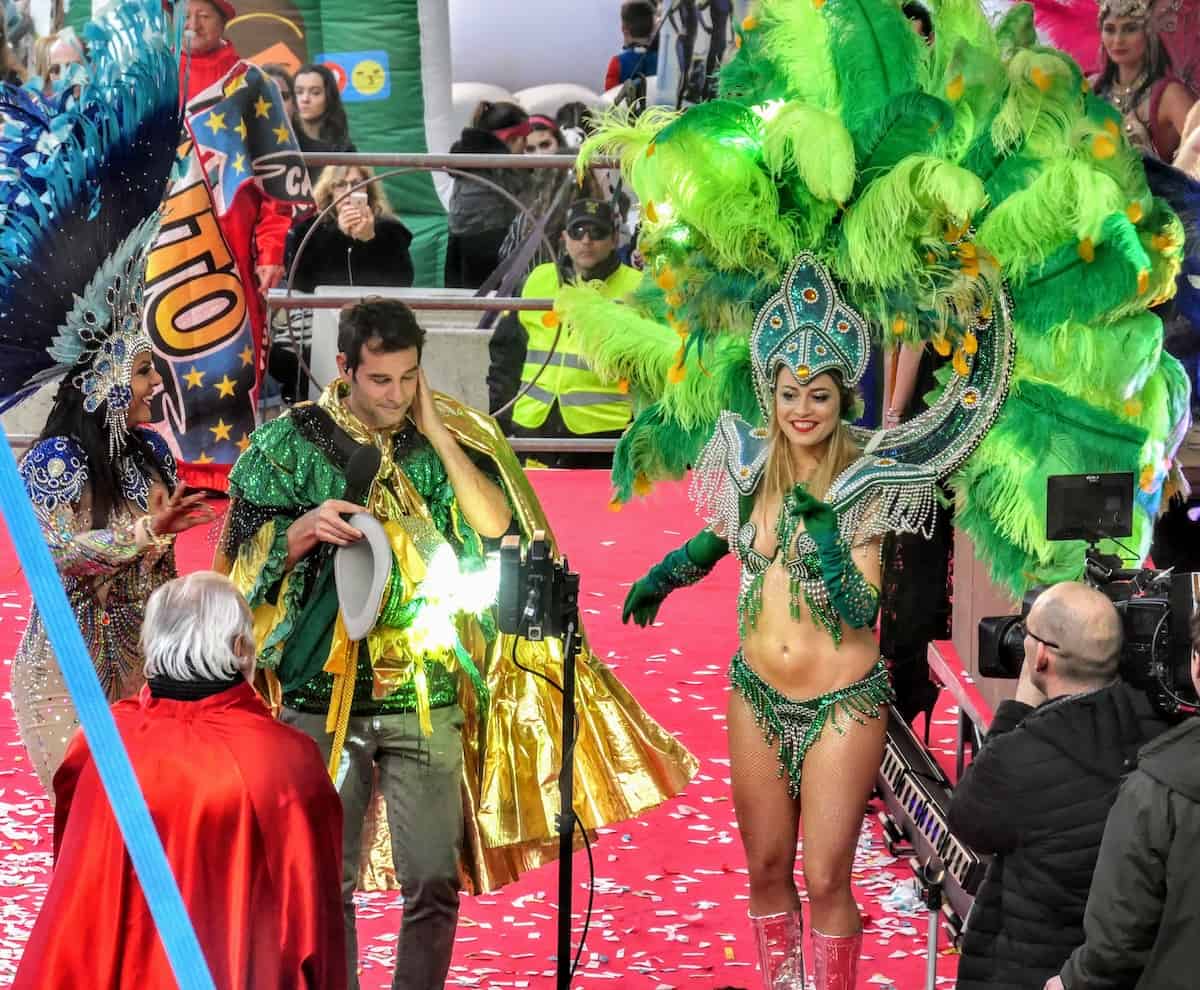
The connection with Rio has also greatly enhanced visibility and interest in what was once a more limited, local event. As a result, during carnival season, the city entertains visitors from other parts of Italy and internationally.
Producing the Cento Carnival
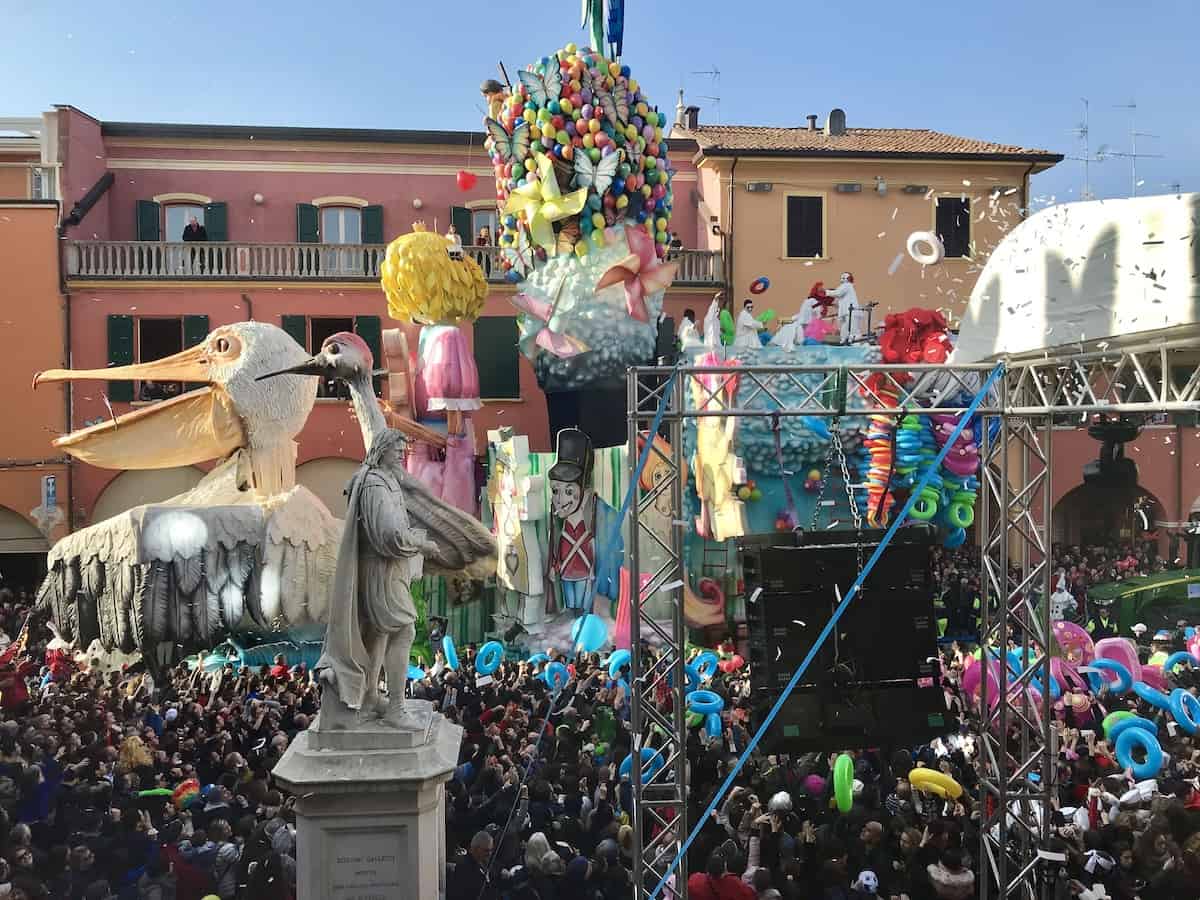
Five carnival associations prepare the fantastic papier-maché characters that float by during the carnival. Although it’s difficult to believe from their appearance, the main ingredients are only paper, water, and glue—the same as in the past.
Associations of local craftsmen volunteer their time after work and on weekends, creating and painting the floats in large warehouses, mechanizing some parts that almost make them look life-like. It takes some 8-9 months to make the floats, so tall that they tower over the roofs of many buildings in the historic center.
As the allegorical floats traverse Corso Guercino, the main street in town, they are scored on a scale from 5 to 10 on several variables, including their color, theme, choreography, and the gettito launch.
The launch entails throwing inflatable and stuffed toys into the excited throngs of people waiting to catch them below.
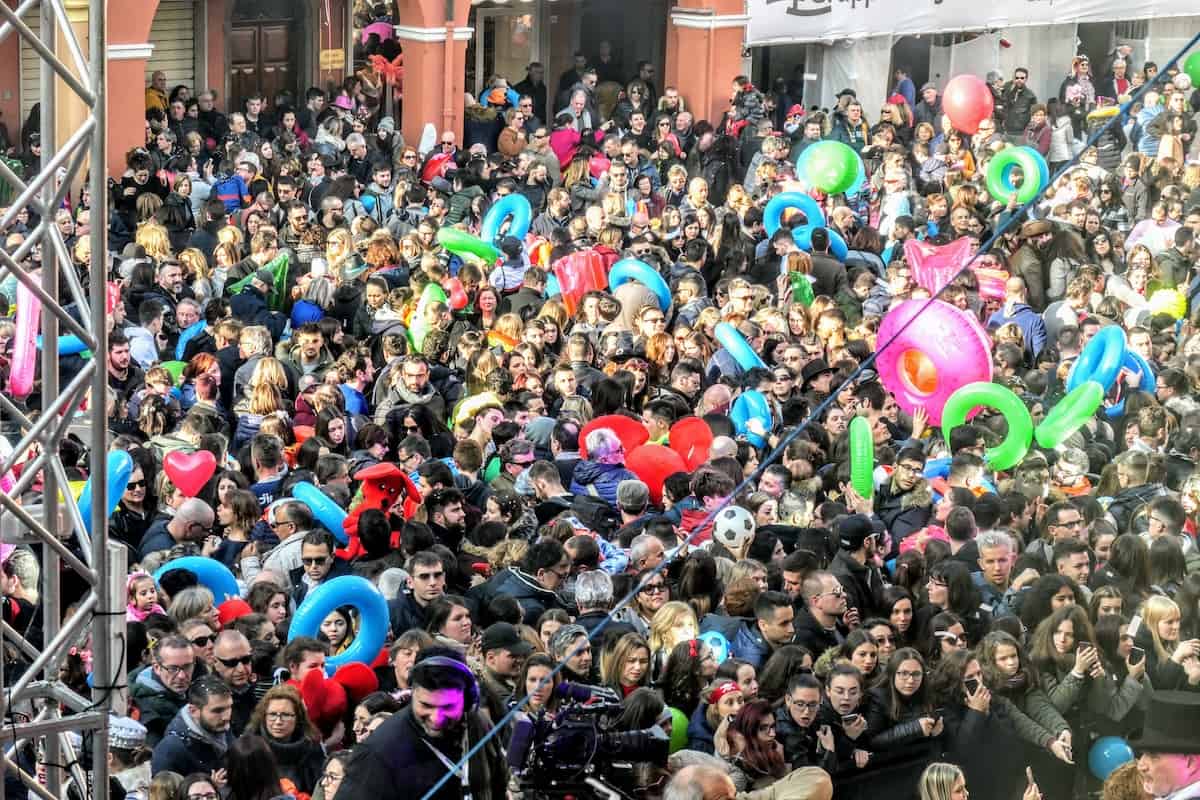
In 2024, the carnival runs on Sundays from January 28th to February 25th. On the last Sunday, the local mask of “Tasi” (Tasini) is burned at the stake, and fireworks light up the sky.
On the same night, one association is awarded a monetary prize for designing the best float and wins the opportunity to travel with it to the Night of Champions competition held at the Sambodromo in Rio.
Other Carnival Events in Emilia Romagna
- Carnival on the Water of Comacchio (Ferrara)
- Renaissance Carnival of Ferrara
- Carnival of San Giovanni in Persiceto (Bologna)
- Castlein Carnival of Castelnovo di Sotto (Ravenna)
All photo credits: Jerome Levine
An earlier version of this post appeared on Forbes.com
IF YOU GO
Save to Pinterest!!
